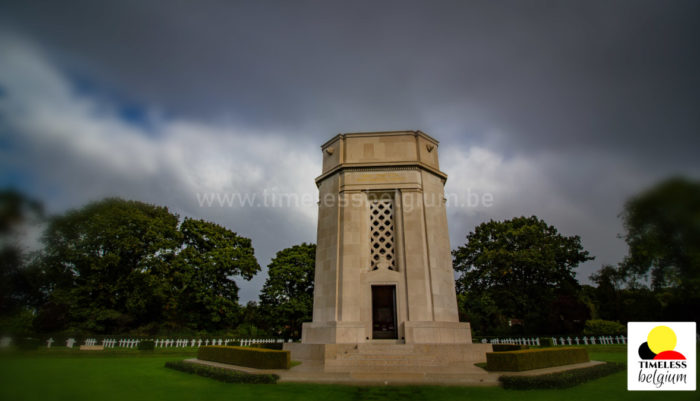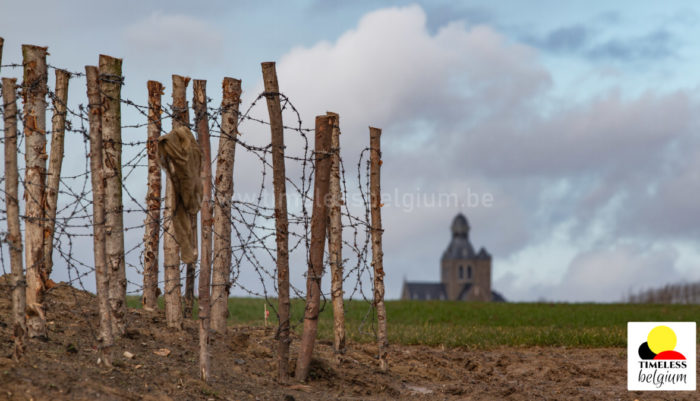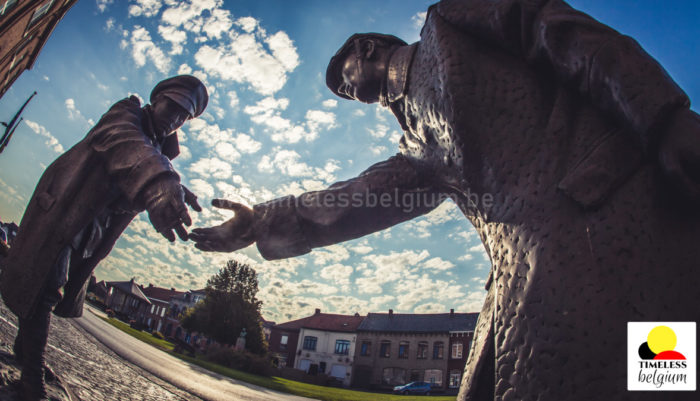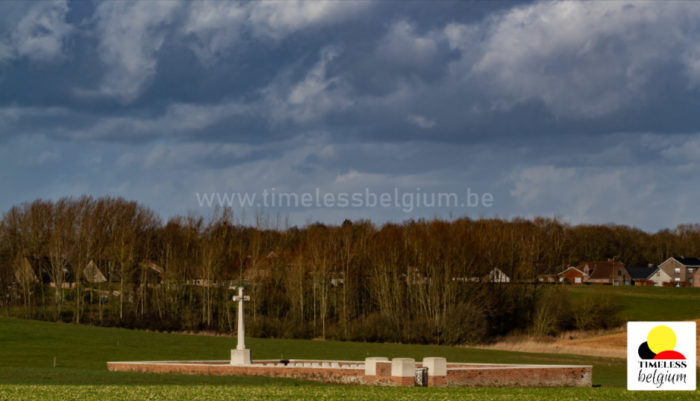Museum created under the King Albert I monument for 2014 First World War centenial in Nieuwpoort beach resort, top site of the belgian coast
(Browse the collection : West Flanders Province time lapse and video stock footage)
The King Albert monument was constructed on initiative and with the support of the war veterans of the First World War. The banks of the Ijzer were chosen for it, because of the important role this river played during the war. The memorial dates from 1938 and was designed by Julien de Ridder. Karel Aubroeck is the sculptor. The monument is circular and has a diameter of 30m. Twenty columns made of brick from the Ijzer valley carry a ring girder with a periphery of 100m, above a cross-shaped terrace.
Westfront is the place to learn more about the region’s part in WWI. The ‘Ganzepoot’ (Dutch for goose foot) is the name of Nieuwpoort’s lock complex. The form of the facility resembles a goose foot, hence the name. It played a crucial role during World War I when the entire plain behind the river was flooded. In 2014, a new visitor centre was constructed to allow visitors to learn more about the complex’s and floods’ role during World War I. On top of the centre, you can find the impressive King Albert I monument.
A seaside city in the province of West Flanders, Nieuwpoort is one of the best places to go in Belgium. It’s a beautiful destination where the best of history and nature walk hand-in-hand. With an old medieval center and a thriving resort side referred to as Nieuwpoort Bad, this city attracts myriad visitors. No wonder that it is often considered one of the best beach resorts in Belgium. The staketsel, the marina, the vismijn, and the West Front Newport are some of the must-visit places here.
File names, codec and sizes | ||
yser03_fhd | yser03_5K+ | yser03_web |
Mov ProRes 422 HQ | Mov ProRes 422 HQ | H264 Mp4 |
225 Mo | 1,89 Go | 12,7 Mo |
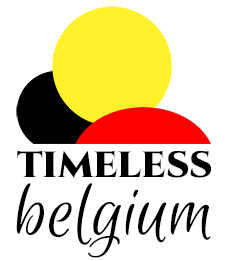
 My Account
My Account 
